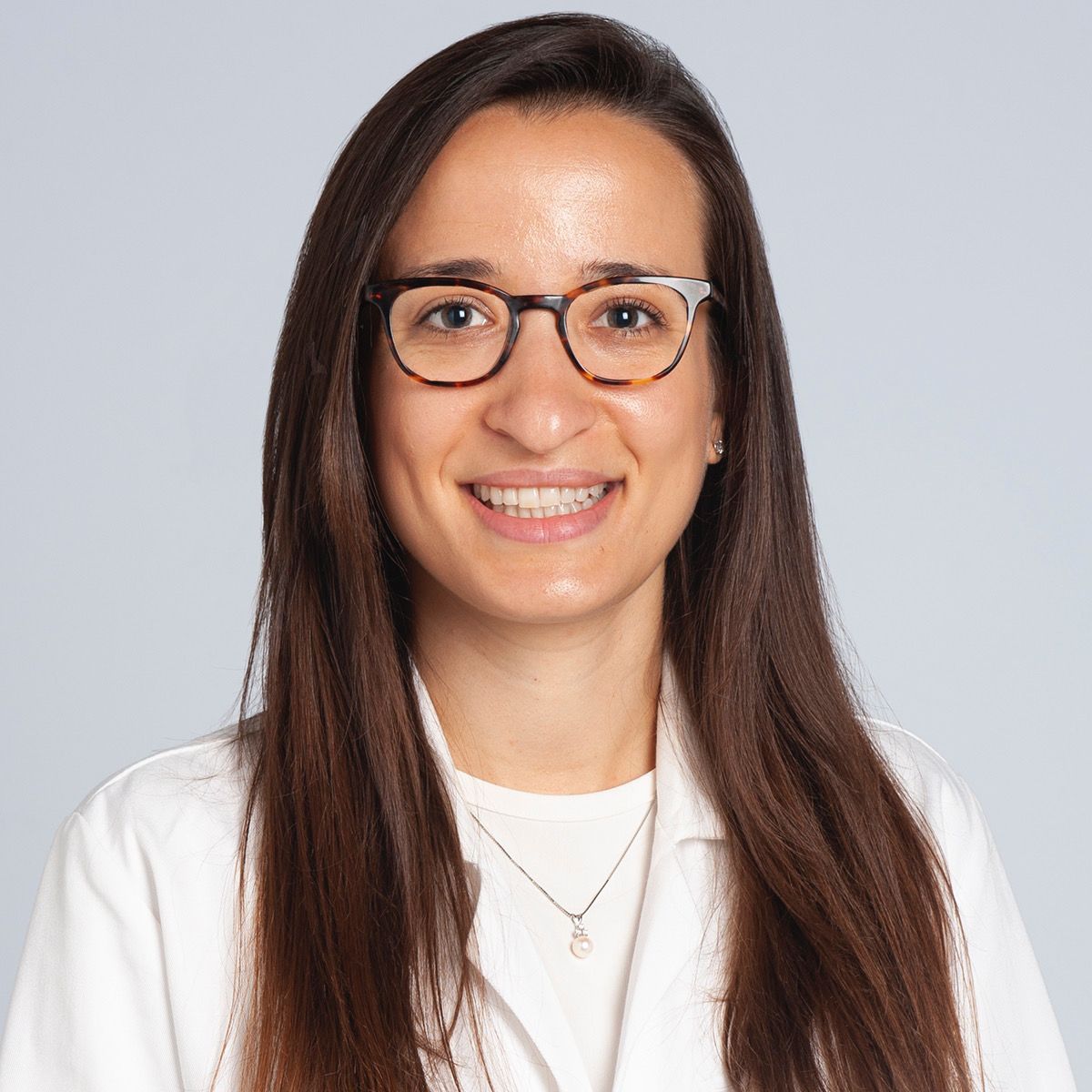News
Article
Vonoprazan for the Treatment of Erosive Esophagitis: A Randomized Controlled Trial
Author(s):
While more studies are needed to ensure the safety of long-term therapy with PCABs, this study establishes a role for the use of vonoprazan in the healing and maintenance of healing in patients with erosive esophagitis.
Chiara Maruggi, MD

Almost a quarter of the population in the United States has gastroesophageal reflux disease (GERD). Due to its prevalence, it is important for clinicians to understand the management of GERD and its most common complication, erosive esophagitis.1 Current guidelines recommend the use of proton pump inhibitors (PPIs) as the first-line treatment of erosive esophagitis; however, up to 30% of patients with severe esophagitis may not respond to PPI therapy alone.2,3 Previous studies conducted in Asia have identified vonoprazan, a potassium-competitive acid blocker (PCAB), as an alternative, potentially superior treatment for erosive esophagitis. Not only did vonoprazan lead to higher rates of healing, but also negated the need for dosing around meals—a well-known restriction of PPI therapy due to their short half-life.4
In this randomized, double-blind, parallel-group, non-inferiority multicenter trial conducted at 111 sites in the United States and Europe from November 2019 to November 2020, vonoprazan was compared to the approved doses of lansoprazole for healing and maintenance of healing in patients with erosive esophagitis over a 32-week period. All adult patients with endoscopic evidence of erosive esophagitis, without H. Pylori infection, Barrett’s esophagus, or COVID-19 infection were included. A total of 1027 patients with erosive esophagitis, 351 (34.3%) of which had Los Angeles Classification (LA) Grade C/D esophagitis, were first randomized to vonoprazan 20 mg (n = 514) or lansoprazole 30 mg (n = 513) for the healing phase of the study, which lasted up to 8 weeks.
The 893 subjects who achieved healing during this phase (confirmed by endoscopy at week 2 or 8 if no healing achieved at week 2) entered the maintenance phase and were randomized to either vonoprazan 20mg (N=298), vonoprazan 10mg (N=298), or lansoprazole 15mg (N=297) for 24 weeks. At the end of the maintenance phase, a final endoscopy was done. Patients recorded symptom severity and attended regular follow-up visits throughout the study period.
For the healing phase, vonoprazan was not only shown to be noninferior but also superior to lansoprazole for the primary endpoint of healing by week 8 (92.9% vs 84.6%; P <.0001) The treatment effect was even greater with a 20% difference in healing at week 8 in LA Grade C/D patients. In addition, secondary endpoints showed vonoprazan to be noninferior to lansoprazole in mean 24-hour heartburn-free days (81.3% vs 78.3%). For the maintenance phase, both doses of vonoprazan were noninferior to lansoprazole for the primary endpoint of maintenance of healing at week 24 (vonoprazan 20 mg, 80.7%, vonoprazan 10 mg, 79.2%, lansoprazole, 72.0%; P <.0001 or both) and both doses of vonoprazan were superior to lansoprazole for maintenance of healing at week 24 with a 16% and 13% difference, respectively, in LA Grade C/D esophagitis.
When looking at the safety of the study medications, vonoprazan was found to induce a higher gastrin level compared to lansoprazole—an important consideration given the concern that hypergastrinemia can potentially lead to gastric and/or esophageal malignancy. Comparison of the gastric histology amongst the study groups, however, did not show significant changes except for a slightly higher proportion of patients in the vonoprazan 20 mg group (compared to the lansoprazole group) having enterochromaffin-like cell hyperplasia at the end of maintenance therapy (4.9% vs 1.2%).
Overall, this large, multicenter double-blind randomized trial showed vonoprazan to be superior to lansoprazole in the healing and maintenance of healing in patients with erosive esophagitis without H. Pylori infection. While more studies are needed to ensure the safety of long-term therapy with PCABs, this study establishes a role for the use of vonoprazan in the healing and maintenance of healing in patients with erosive esophagitis, particularly those with LA Grade C/D esophagitis.
References
- Nirwan JS, Hasan SS, Babar ZU, Conway BR, Ghori MU. Global Prevalence and Risk Factors of Gastro-oesophageal Reflux Disease (GORD): Systematic Review with Meta-analysis. Sci Rep. 2020;10(1):5814. Published 2020 Apr 2. doi:10.1038/s41598-020-62795-1
- Katz PO, Dunbar KB, Schnoll-Sussman FH, Greer KB, Yadlapati R, Spechler SJ. ACG Clinical Guideline for the Diagnosis and Management of Gastroesophageal Reflux Disease. Am J Gastroenterol. 2022;117(1):27-56. doi:10.14309/ajg.0000000000001538
- Lightdale CJ, Schmitt C, Hwang C, Hamelin B. A multicenter, randomized, double-blind, 8-week comparative trial of low-dose esomeprazole (20 mg) and standard-dose omeprazole (20 mg) in patients with erosive esophagitis [published correction appears in Dig Dis Sci. 2006 May;51(5):851. Dosage error in article text]. Dig Dis Sci. 2006;51(5):852-857. doi:10.1007/s10620-005-9071-3
- Ashida K, Sakurai Y, Nishimura A, et al. Randomised clinical trial: a dose-ranging study of vonoprazan, a novel potassium-competitive acid blocker, vs. lansoprazole for the treatment of erosive oesophagitis. Aliment Pharmacol Ther. 2015;42(6):685-695. doi:10.1111/apt.13331





